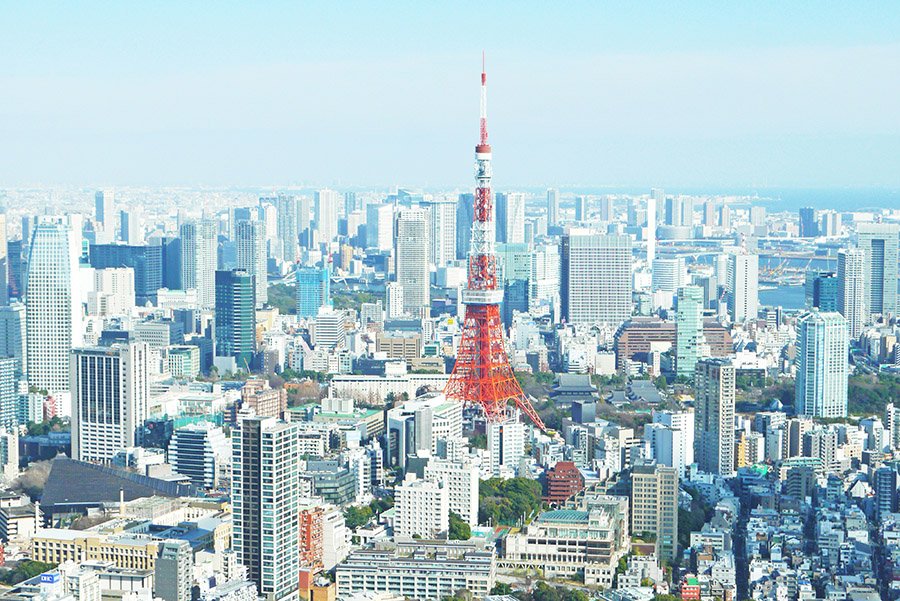The Tokyo Olympics, postponed from 2020 to 2021 due to the global COVID-19 pandemic, were meant to be a celebration of athletic excellence and international unity. However, as the games approached, Tokyo faced unique challenges arising from a surge in COVID-19 cases, leading to a state of emergency. This unexpected situation forced changes in how the Olympics were organized and had a significant impact on the city’s usual bustling atmosphere.
The state of emergency not only meant heightened health and safety protocols but also brought restrictions on gatherings and travel, leading to a spectator-free Olympic event. This drastically altered the atmosphere in and around the Olympic venues, transforming the experience for athletes, officials, and the residents of Tokyo.
Olympic Preparations Amid a Pandemic
As Tokyo prepared for the Olympics amid rising COVID-19 cases, the city entered its fourth state of emergency. The Japanese government implemented strict measures to control the spread of the virus, advising against nonessential outings and enforcing mask mandates. Despite these restrictions, crowds continued to move through the city’s stations and main streets, though people generally adhered to the recommended health guidelines.
The shift to a spectator-free event was a major change, directly affecting the atmosphere at the Olympic venues. Without fans in the stands, these grand structures appeared eerily quiet, contrasting with the usual excitement associated with the Olympics. The absence of spectators also had implications for businesses and tourism, as the expected influx of visitors did not materialize.

Venues and Their Transformation
Tokyo’s Olympic venues, many of which have historical significance, underwent various transformations to adapt to the pandemic’s realities. Yoyogi National Stadium, known for its unique sloping suspension roof, was set to host events like handball and badminton. However, with the decision to hold the games without spectators, the grandstands were left largely empty.
Yoyogi Park, originally designated as a public-viewing area for the Olympics, was repurposed as a mass-vaccination site. This change underscored the shifting priorities as Tokyo dealt with COVID-19. Other parks, such as Inokashira Park, Aquamarine Park, and Kotodai Park, which were meant to host live-viewing events, also saw their roles altered or diminished due to health and safety concerns.
Nippon Budokan, another iconic Olympic venue, had a giant list of COVID-19-related rules and guidelines prominently displayed at its entrance. The venue was scheduled to host karate and judo events, but with no spectators allowed, the usual buzz and energy surrounding these competitions were absent. This transformation of venues and public spaces highlighted the broader impact of the pandemic on the Olympics and Tokyo’s overall atmosphere.
Tokyo’s Evolving Infrastructure
The preparations for the Tokyo Olympics involved significant changes to the city’s infrastructure. Harajuku Station, a historical landmark originally built in the 1920s, underwent a major transformation ahead of the Olympics. The quaint wooden structure, one of the few surviving pre-war buildings in Tokyo, was demolished in 2020 to make way for a modern glass-and-concrete station. This redevelopment was part of Tokyo’s effort to improve transportation logistics for the games.
Similarly, Takanawa Gateway, a new train station on the Yamanote Line, was designed to facilitate the expected flow of visitors during the Olympics. The futuristic design, resembling folded origami paper, showcased Tokyo’s commitment to blending tradition with modernity. This station was intended to be a key transportation hub during the games, offering innovative features like an artificial intelligence-controlled convenience store with a cashless and staffless setup.
However, the reality of a spectator-free Olympics and strict COVID-19 restrictions led to an unexpectedly quiet atmosphere at these locations. Harajuku Station, which typically bustles with tourists and shoppers, was nearly empty. Takanawa Gateway, with its state-of-the-art design, also saw fewer visitors than anticipated, reflecting the broader impact of the pandemic on Tokyo’s infrastructure and public spaces.
Protests and Public Sentiment
As Tokyo prepared for the Olympics, public sentiment towards the event was increasingly divided. Anti-Olympic protests emerged, driven by concerns about the pandemic, the ongoing state of emergency, and Japan’s low vaccination rates. While these protests were smaller in scale compared to those seen in other countries, they indicated a growing sense of discontent among Tokyo’s residents.
One reason for the protests was the perceived health risks associated with hosting the Olympics during a pandemic. Many residents feared that the influx of athletes, officials, and other personnel could lead to a surge in COVID-19 cases. The relatively slow pace of Japan’s vaccine rollout, with only 8.2% of the population fully vaccinated by June 2021, further fueled these concerns.

Beyond pandemic-related issues, some protest groups had opposed the Olympics since Tokyo’s bid to host the 2020 Games in 2013. These groups cited the displacement of people experiencing homelessness to make way for Olympic venues and the broader social and environmental costs of hosting the event.
Online activism played a significant role in these protests, with social media platforms providing a space for people to voice their opposition and organize small-scale demonstrations. While the protests in Tokyo were not as large as in other cities, they reflected a growing trend of grassroots activism and public engagement with social issues in Japan.
Overall, the evolving infrastructure and public sentiment surrounding the Tokyo Olympics highlighted the complexities and challenges of hosting a major international event amid a global pandemic. Despite the optimism and excitement typically associated with the Olympics, Tokyo’s unique context underscored the need for flexibility, safety, and sensitivity to public concerns.
Final Preparations for the Olympics
As the Tokyo Olympics drew closer, the final preparations highlighted the ongoing challenges of hosting a major international event amid a pandemic. Security measures were intensified, with a strong police presence around the Olympic Village and key venues. The Olympic Village, located on an artificial island, was equipped with 3,800 units to accommodate athletes and officials. It also featured a dining hall, a gym, and other essential facilities, all designed to adhere to strict COVID-19 protocols.
The Tokyo Metropolitan Gymnasium, another legacy venue from the 1964 Olympics, was prepared to host events for the Paralympics later in the year, but with limited or no spectators. Its 10,000-seat capacity highlighted the stark contrast between the usual vibrant Olympic atmosphere and the quiet reality of a spectator-free event. Similarly, the Japan National Stadium, the central hub for the Olympics, was meticulously secured, with measures to ensure social distancing and other safety protocols.
COVID-19 protocols significantly impacted the logistics and overall atmosphere of the games. Athletes, officials, and staff were required to follow strict health guidelines, including regular testing and limited movement within the Olympic Village. The absence of fans and the quiet nature of the venues added to the unusual setting, underscoring the extraordinary circumstances of these Olympics.
Conclusion
The Tokyo Olympics of 2021 will be remembered as a unique event, shaped by the challenges and uncertainties of a global pandemic. The games were not only delayed by a year but were also held in a state of emergency, with strict COVID-19 protocols and no spectators. This unprecedented situation transformed the usual vibrant Olympic atmosphere into a quieter, more subdued experience.
The legacy of these Olympics is likely to be mixed. On one hand, they demonstrated the resilience and adaptability of Tokyo and the Olympic organizers in the face of significant obstacles. The successful hosting of the games, despite the absence of fans and the disruptions caused by the pandemic, was a testament to this resilience.
On the other hand, the games were marked by public protests, concerns about safety, and a sense of unease among Tokyo’s residents. The shifting perception of the Olympics in Tokyo, from a symbol of unity and celebration to a source of contention and anxiety, highlighted the broader impact of the pandemic on society.
As Tokyo and the world move forward, the Tokyo Olympics of 2021 will serve as a reminder of the challenges and complexities of hosting a global event during a pandemic. It will also prompt reflection on the future of large-scale international events and the importance of prioritizing health, safety, and public sentiment in their planning and execution.








Add comment